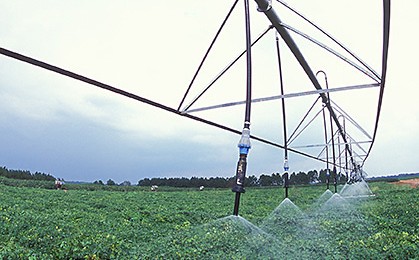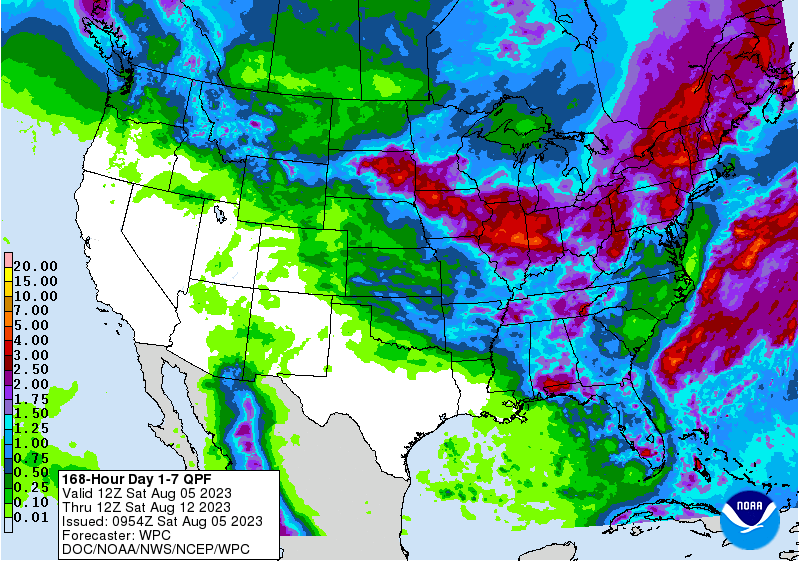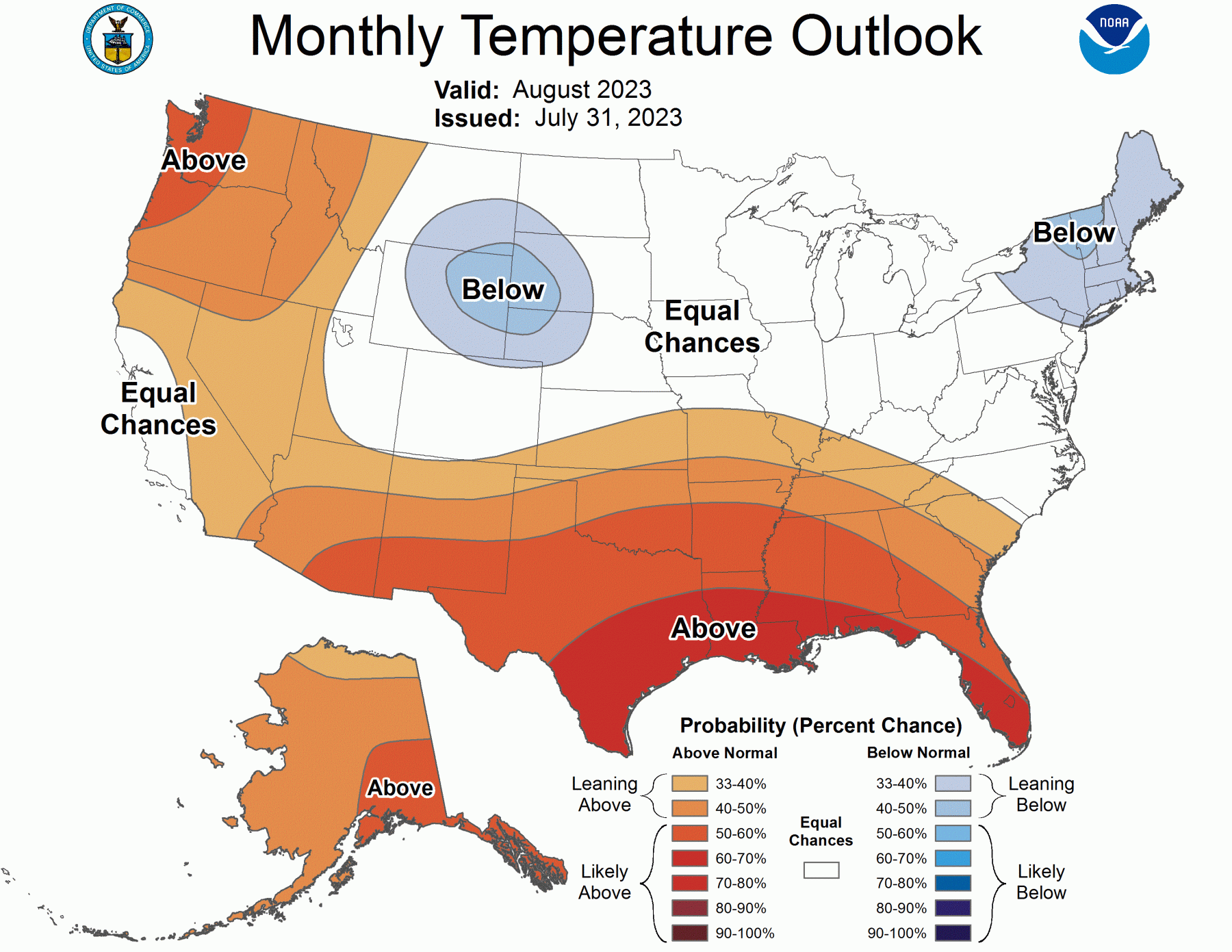-

In spring 2016, northeastern Alabama and northwestern Georgia experienced a dry spell that was nearly a month long. It occurred right during the pollination stage for corn there. The lack of moisture led to spotty pollination because the silks were too dry to capture pollen. Some fields were total losses, and others had such poor…
-

The Southeast has suffered from a number of severe weather events in the past few weeks, including a stormy night here in Athens GA in late July that dropped hundreds of trees and caused my neighborhood to lose power for 44 hours. Many people I know or read quoted in the news or online insisted…
-

According to a recent article by Brad Haire in Southeast Farm Progress, Georgia’s peanut crop this year has been heavily affected by the impacts of the weather. Spring planting and germination was delayed by cool, wet weather, and so this year’s crop is running later than usual. The weather also appears to be affecting the…
-

The latest 7-day QPF map shows that while rain has a chance of occurring almost every day this week, the early to midweek period will see the most rain in western areas and along the Gulf Coast. Later in the week, the focus will move to the northwest, especially in the mountains. The driest areas…
Posted in: Climate outlooks -

The latest Drought Monitor, released earlier today, shows only slight changes from last week. Abnormally dry conditions have been added to parts of Georgia, South Carolina, and Alabama, and there have been some minor improvements in drought in Virginia, but otherwise there is not much change. With quite a bit of rain in the next…
Posted in: Drought -

The North Carolina State Climate Office released their monthly climate summary for July 2023 today. You can view it at their blog July Sizzles, With a Severe Weather Twist – North Carolina State Climate Office (ncsu.edu).
Posted in: Climate summaries -

The latest monthly climate outlook for August 2023 was released today by NOAA’s Climate Prediction Center. It shows that the temperature is likely to be warmer than normal along the Gulf Coast, due no doubt in part to the continuing high-pressure center in the area and the very warm Gulf of Mexico sea surface temperatures.…
Posted in: Climate outlooks